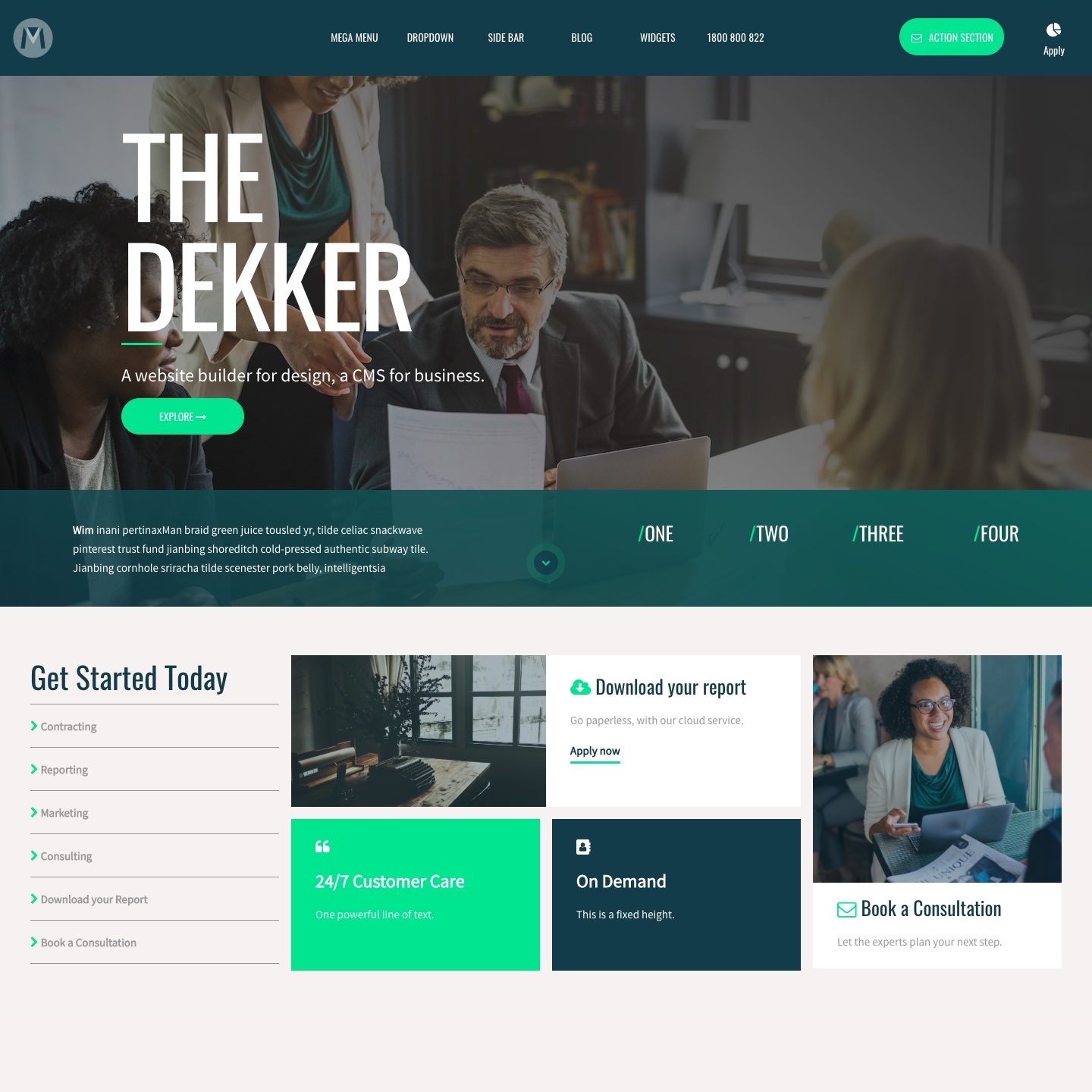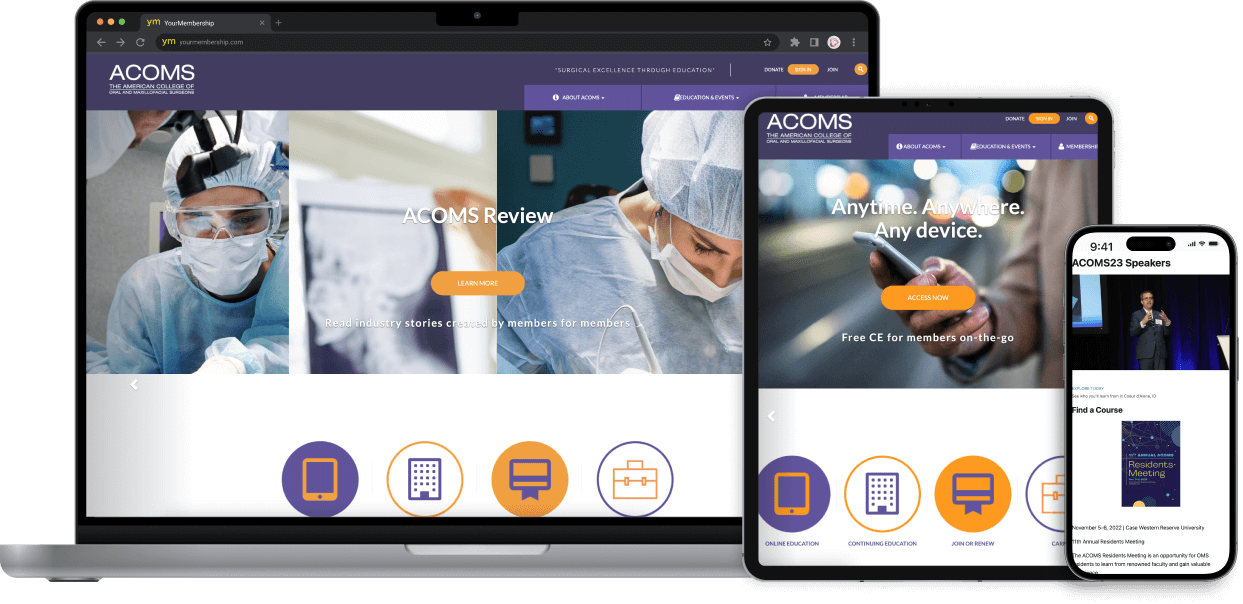Key Elements of Effective Website Design: A Complete Overview
Modern Site Style That Catches Attention and Transforms
In a significantly electronic landscape, modern internet site style has arised as a critical factor in capturing individual focus and driving conversions. As we check out these important components, it comes to be clear that recognizing their interplay can dramatically influence a web site's efficiency and user contentment.
Value of Visual Hierarchy
Visual power structure is a vital aspect in internet site design, as it overviews users' attention and boosts their overall experience. By tactically organizing material, designers can guide individuals to the most essential information initially, consequently enhancing involvement and enhancing functionality. Effective aesthetic pecking order employs numerous methods, including dimension, color, contrast, and spacing. Larger aspects normally draw the eye, while contrasting shades can highlight essential messages, making them stand apart amongst more subdued parts.
Incorporating a rational circulation in web content plan is vital; for circumstances, positioning the most important info on top of a page promotes instant acknowledgment. Additionally, constant usage of typography, such as differing font sizes and designs, assists establish a clear material structure. This organization not only help in navigation but also constructs trust, as individuals feel a lot more comfy when they can quickly locate what they are searching for.
Inevitably, a well-executed aesthetic hierarchy not only boosts aesthetic allure yet additionally significantly impacts user actions. By prioritizing essential elements and guaranteeing a smooth experience, designers can successfully convert visitors right into clients, enhancing the value of this foundational layout principle in contemporary site growth.
Responsive Layout for All Gadgets
Producing a seamless experience throughout numerous devices is important in today's digital landscape, where individuals gain access to sites from desktops, tablets, and smart devices alike. Responsive style is an important approach that makes sure web sites adjust fluidly to different screen resolutions, dimensions, and orientations. By utilizing flexible grids, images, and CSS media questions, designers can produce designs that keep visual stability and performance, despite the gadget being used.
The value of responsive style extends past aesthetics; it directly impacts user interaction and conversion prices. A website that operates well on all tools urges longer sees and decreases bounce prices, as individuals are more likely to connect with material that is easy to browse. Additionally, online search engine, particularly Google, focus on mobile-friendly sites in their positions, making responsive design a vital element of search engine optimization (SEO)
Incorporating responsive style not just boosts individual experience but also streamlines the advancement procedure. By developing a single site that works throughout tools, businesses can save time and resources compared to establishing different mobile and desktop computer versions. Ultimately, receptive layout is an essential strategy for modern web site design, making sure access and satisfaction for all individuals, no matter their gadget.
Engaging Interactive Aspects
While a responsive design prepares for a functional web site, integrating appealing interactive components is important for catching customer interest and promoting much deeper links. Website Design. Interactive elements, such as computer animations, quizzes, and clickable infographics, produce a much more dynamic customer experience, encouraging site visitors to invest even more time on the website
Incorporating interactive features can also assist users through complex info, making it simpler to digest web content. Interactive sliders can illustrate product variations, while ingrained video clips can give demonstrations or testimonials that reverberate even more than static images or text. Gamification strategies, like incentives for involving or completing jobs with content, can boost individual inspiration and retention.
Efficient usage of interactive components not just improves the user experience however can additionally lead to greater conversion prices. It is essential to stabilize interactivity with performance; extremely complex functions may prevent site speed, negatively influencing customer fulfillment.
Structured Navigation Practices
Effective navigating is a keystone of any effective site, as it directly influences customer experience and material availability. Structured navigating practices make sure that individuals can conveniently situate info, boosting their communication with the website. A well-structured navigation menu ought to be basic and intuitive, generally including a minimal variety of main classifications to prevent frustrating site visitors.
To achieve streamlined navigating, developers must focus on a hierarchical framework that logically arranges material. Applying breadcrumb routes can supply customers with context about their existing area within the website, permitting for seamless backtracking. Additionally, utilizing drop-down food selections can successfully conserve room while still providing access to subcategories.
Receptive design is important, as navigating ought to be practical across all tools (Website Design). Mobile customers, specifically, gain from touch-friendly menus and retractable areas that preserve use without compromising looks

Reliable Call-to-Action Strategies
A well-crafted call-to-action (CTA) is important for guiding individuals towards preferred results on an internet site, as it encourages them to engage with web content or make an acquisition. To optimize their effectiveness, CTAs ought to be clear, compelling, and strategically positioned throughout the website.
First, use action-oriented language that communicates necessity or value, such as "Get going," "Sign up with Currently," or "Claim Your Discount rate." This language not review just encourages users yet additionally establishes clear assumptions concerning the following steps.
2nd, consider layout aspects; CTAs need to attract attention aesthetically through contrasting colors, enough whitespace, and noticeable positioning. A switch that is easy to see and click boosts the likelihood of user interaction.
Additionally, individualizing CTAs based on user habits or demographics can substantially improve engagement. Customized messages reverberate much more with customers, driving higher conversion rates.

Verdict
These elements jointly improve individual experience, making sure that site visitors continue to be involved and inspired to explore material better. By focusing on these style principles, services can substantially enhance customer retention and conversion prices, ultimately leading to higher success in the digital landscape.
In a significantly electronic landscape, modern website style has actually emerged as a critical aspect in catching user attention and driving conversions.Visual power structure is an important component in website style, as go it guides customers' attention and boosts their total experience.The relevance of responsive layout expands beyond appearances; it straight affects user engagement and conversion prices.Integrating responsive design not only improves customer experience yet likewise simplifies the growth procedure. Eventually, responsive layout is a fundamental strategy for modern website layout, guaranteeing access and complete satisfaction for all customers, no matter of their device.